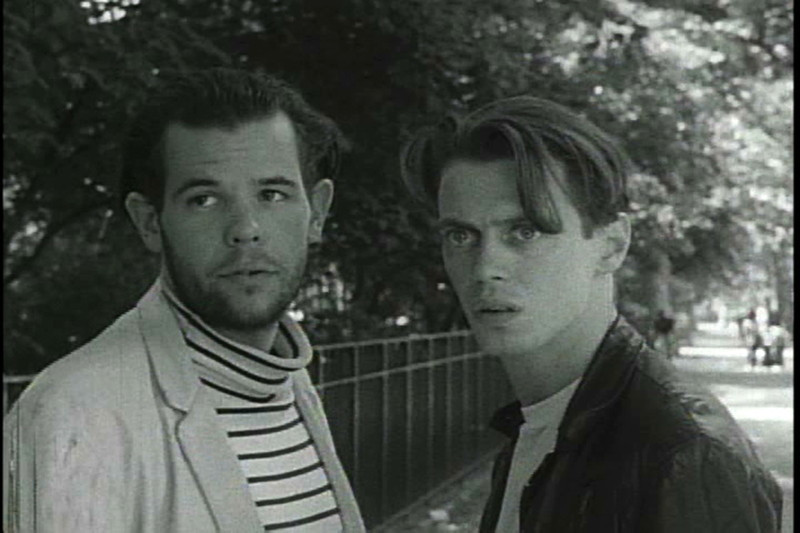Documentary relives New York’s No Wave film movement
Cheap housing and affordable Super 8 cameras are key to the artistic frenzy that took New York City by storm in the ’70s and early ’80s. Blank City is a nostalgic recollection of the filmmakers, actors, musicians and agents of the No Wave and Cinema of Transgression movements.
The documentary enlists the likes of Jim Jarmusch, James Nares and Nick Zedd to explain the history of the filmic movements that they helped create.
Musicians such as Lydia Lunch and Debbie Harry were participants in films as well as bands, often pulling dual roles as actors and providing the soundtracks.
The encapsulation of the times seem very particular to the explosive movement of filmmakers: the poverty of New York City, the frustration in politics of all levels and the punk scene merging with the burgeoning movie-making crowd, usually at the same clubs.
New York filmmaker Amos Poe claims lack of money provided inventiveness.
The difference between the Warhol-era films and this newly appointed method dubbed “No Wave,” is narrative. As primitive and naïve as the results are, they are an attempt at an honest portrayal of feelings. And, claims filmmaker James Nares, the movies “seemed like (they) could reach more people.”
New York City’s numerous art movements are very important. The fact that we have the Internet now is one of the most important reasons that movements like this have ceased to be.
What was remarkable about the scene is that it was created out of community. As accessibility increases, the dissemination becomes broader. More people in more places can access the same things quicker and exhaust the results faster.
John Lurie, musician and actor, states that the neighbourhood in which he lived held all the actors, directors, editors and musicians. The closeness and immediacy allowed for a diverse group of individuals to create a scene.
These days such movements evolve and change all the more rapidly. Simmering in tenement housing with cockroaches and bad federal politics all culminated in raw and edgy new artistic outlets.
Despite the situational poverty and reactionary attitudes, many of the key players moved on to success in their art, some even being exhibited in the Museum of Modern Art.
Punk has become codified. No Wave has become canonical. What was once honest reaction has now become history. Just as the Lower East Side became gentrified, so does every kind of creative movement.
Published in Volume 66, Number 5 of The Uniter (September 29, 2011)








